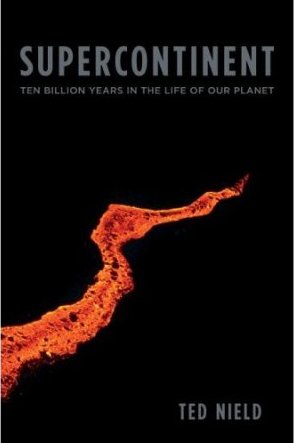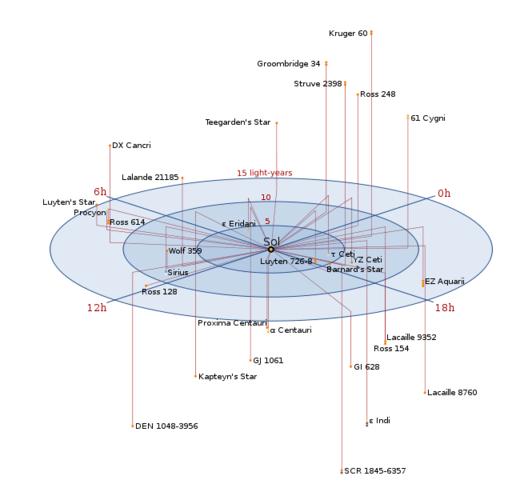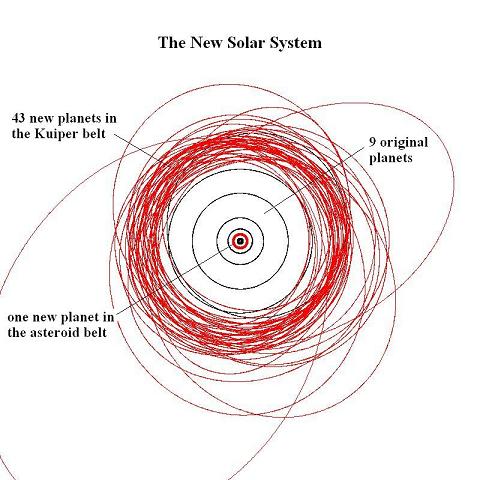I believe that Levitt’s ultimate claim to fame may rest on his having been as a pioneer of cyber-fascism, whereby a certain well-educated but (for whatever reason) academically disenfranchised group of people have managed to create their own parallel universe of what is right and wrong in matters of science, which is backed up (at least at the moment) by nothing more than a steady stream of invective. Their resentment demands a scapegoat –and ‘postmodernists’ function as Jews had previously.
From Steve Fuller’s obituary of Norman Levitt in which he accuses him of wanting postmodernists like Fuller to be sent in unheated cattlecars to a death camp in Poland, gassed and the gold fillings pried out of their mouths before their corpses are burned in the gas ovens. Fuller would of course never put it like this, as that would show not just how grossly offensive, but also how absurd this comparison is. But that is what he’s implying, and for no better reason that that Levitt said nasty things about his work. Words have meanings, though it’s no great surprise that an intelligent design defender and socalled “postmodernist” like Fuller doesn’t understand that


